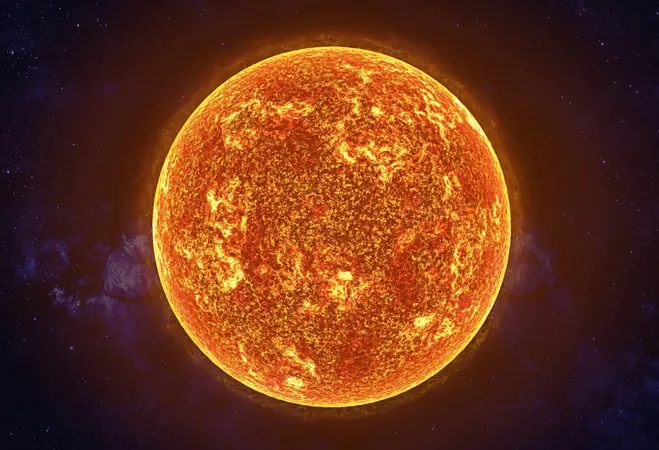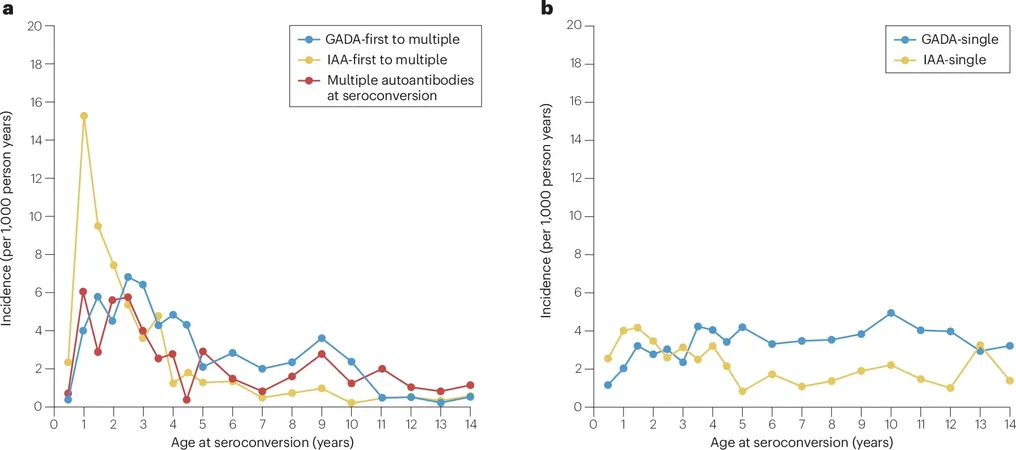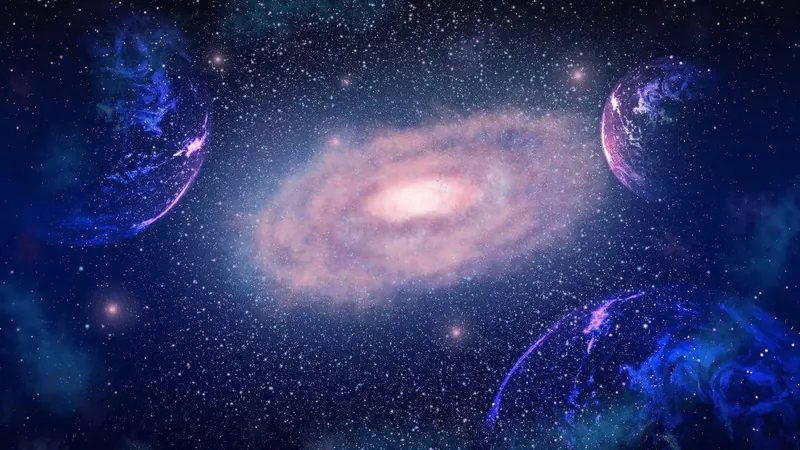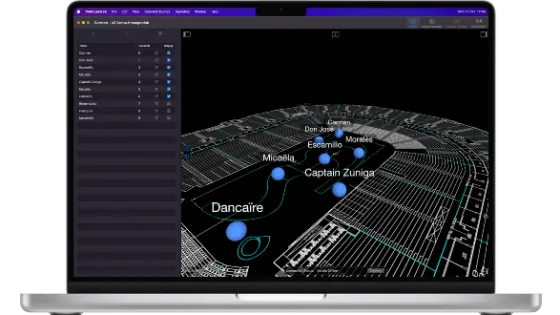
Shocking Discovery: Betelgeuse May Have a Celestial 'Buddy' Influencing Its Flickering!
2024-10-24
Author: Sarah
Introduction
Betelgeuse, the tenth-brightest star visible from Earth, has become the center of excitement in the astronomical community following groundbreaking research. Once believed to exist in isolation, new evidence suggests that this massive red giant star may actually have an unseen companion, affectionately dubbed 'Betelbuddy' by research scientist Jared Goldberg from the Flatiron Institute’s Center for Computational Astrophysics.
Influence of Betelbuddy
This potential companion star could significantly alter the perception of Betelgeuse's behavior. Rather than the peculiar flickering of light being a prelude to a supernova explosion, researchers posit that it might be influenced by this elusive celestial partner, which scatters light-obscuring dust as it orbits Betelgeuse. This phenomenon would cause fluctuations in brightness that have baffled scientists for years.
Research Insights
Goldberg explained, 'We ruled out every intrinsic source of variability that we could think of... The only hypothesis that seemed to fit is that Betelgeuse has a companion.' Collaborating with Meridith Joyce from the University of Wyoming and László Molnár from Konkoly Observatory in Hungary, they delved deeply into this perplexing mystery.
Betelgeuse's Life Cycle
Betelgeuse is nearing the end of its life cycle, displaying rhythmic brightening and dimming akin to a 'celestial heartbeat.' The star exhibits a shorter cycle of just over a year and an enigmatic longer cycle that spans six years. Traditionally, scientists attributed the shorter cycle to an inherent pulsation within the star itself, while they suspected external factors could affect the longer one. The idea of an unseen companion star began to take shape as they explored this external variability.
Methodology
Utilizing advanced computer simulations and extensive observational data, the research team zeroed in on the idea of Betelbuddy. 'Nothing else added up,' Goldberg said, underscoring the importance of a unique companion star in explaining these unusual patterns. Current logic suggests that Betelbuddy could be a star with at least double the mass of our Sun, but definitive characteristics remain elusive.
Future Investigations
As exciting as this hypothesis is, it still requires substantiation. The research team plans to gather tangible evidence, aiming for a chance to capture images of Betelbuddy using telescopes in early December. 'We need to confirm that Betelbuddy actually exists, since our result is based on inference, not on direct detection,' said Molnár, urging for concrete visual confirmation.
Collaboration in Science
This collaborative investigation is a testament to the power of team science. Each team member brings a unique expertise, which significantly contributed to the progress of this study. 'Without each of us considering this problem from very different angles, the work wouldn’t have been possible,' Joyce noted.
Conclusion
The unveiling of Betelbuddy could fundamentally reshape our understanding of not only Betelgeuse but also the life cycles of massive stars. The very notion of a sun-like star potentially residing in the glaring light of a colossal red supergiant captivates the imagination of astronomers worldwide.
Ongoing Research
Betelgeuse has consistently captured the interest of scientists since modern astrophysics began. As researchers continue to probe the depths of this stellar phenomenon, they may be on the brink of a major astronomical revelation. Stay tuned, as the celestial investigation unfolds—this discovery might just be the tip of the cosmic iceberg!
Publication
This study is set to be published in The Astrophysical Journal, paving the way for new insights into the mysteries of our universe.






 Brasil (PT)
Brasil (PT)
 Canada (EN)
Canada (EN)
 Chile (ES)
Chile (ES)
 España (ES)
España (ES)
 France (FR)
France (FR)
 Hong Kong (EN)
Hong Kong (EN)
 Italia (IT)
Italia (IT)
 日本 (JA)
日本 (JA)
 Magyarország (HU)
Magyarország (HU)
 Norge (NO)
Norge (NO)
 Polska (PL)
Polska (PL)
 Schweiz (DE)
Schweiz (DE)
 Singapore (EN)
Singapore (EN)
 Sverige (SV)
Sverige (SV)
 Suomi (FI)
Suomi (FI)
 Türkiye (TR)
Türkiye (TR)